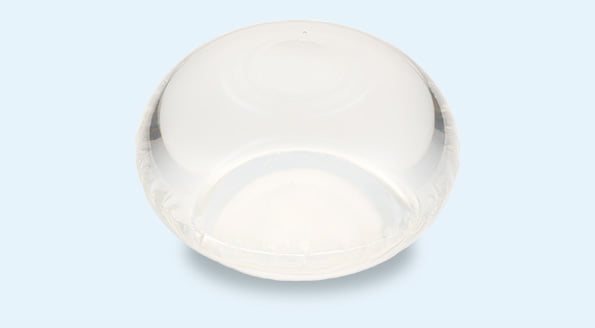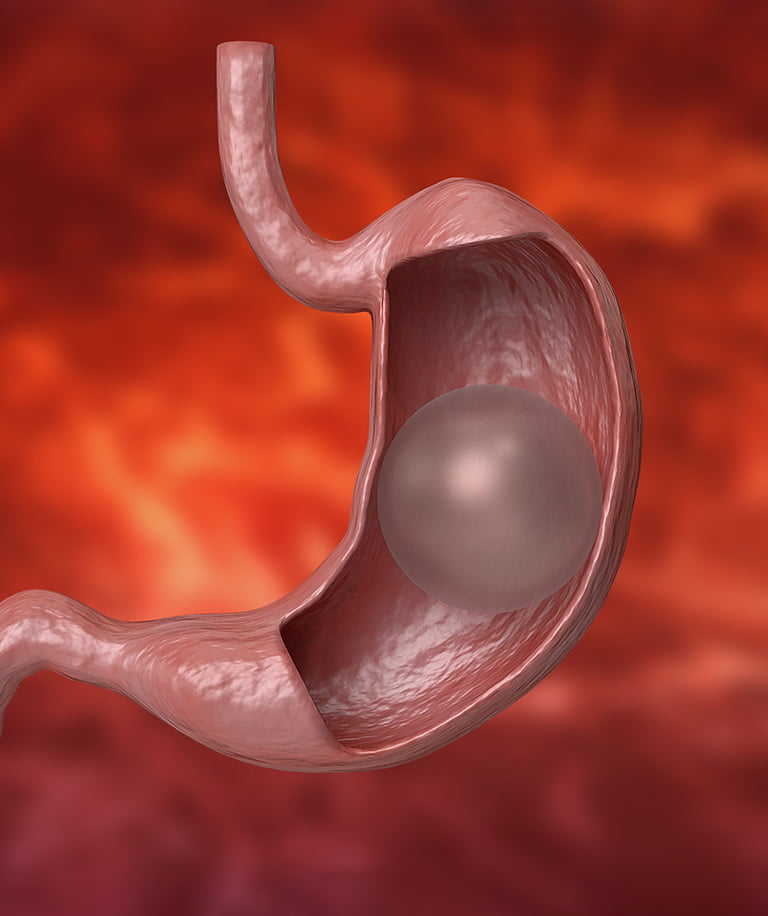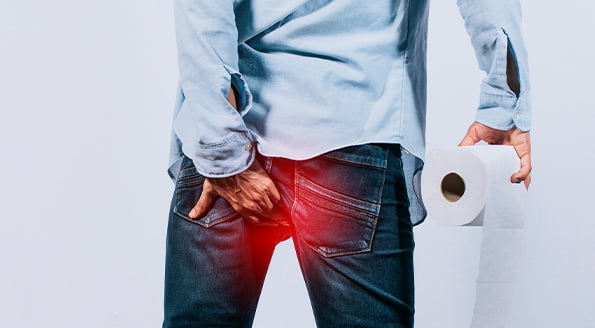What is Gastroscopy?
Gastroscopy is an examination of the digestive system’s upper part mucous tunic, which is performed through an apparatus called a gastroscope (a long flexible tube equipped with an intrinsic source of light and a camera). The upper part of the digestive system begins with the oral cavity, proceeds to the pharynx, esophagus, and gaster, and ends with the duodenum.
When comparing gastroscopy with X-ray photography, the former is a more reliable means of detecting inflamed areas, minor ulcers, polyps, and tumors. Furthermore, owing to a thin device, attached to a gastroscope, there is an opportunity to conduct a biopsy during gastroscopy. Special devices of gastroscope allow to extend strictures, remove of polyps, and swallow foreign objects without surgery, stopping the bleeding.

What symptoms require performing gastroscopy?
Difficulties during swallowing, burning, and pain in the back part of the chest, such symptoms as bitter tang in the mouth which accompanies esophagus diseases; pain in the upper part of the stomach, heartburn, nausea, vomiting during refractory anemia treatment, such symptom as abrupt dissipation, accompanying esophagus and duodenum diseases.
Such symptoms as blood in the mouth cavity, vomiting with coffee grounds type of elution, and black-colored feces, the causes of which are bleeding in the upper tracts.
Used in diagnostics of esophagus and stomach cancer.
Preparation for Gastroscopy
The patient should not eat 8 hours before the procedure. Before the procedure, it is necessary to consult a doctor in case you use blood thinners, or have rheumatic heart diseases or viral, chronic illnesses.

Advantages of Gastroscopy
Using a device called a gastroscope (with a diameter of about 1 cm, equipped with a camera and intrinsic source of light at the end) the upper surface of the esophagus, stomach, and small intestine can be examined.
Biopsy material can be collected if necessary.
If detected, a polyp can be removed (by cauterization of its basis).
Bleedings can also be cauterized when detected.
Remove foreign objects.
Extend with the help of a narrowing balloon.
How is Gastroscopy Performed?
Before the procedure, a throat is treated with an anesthetic. The spray is active for 15 minutes. It also decreases vomiting reflex and nausea.
An oximeter is put on the patient’s finger. This device measures respiration intensity and pulse.
The patient is lying down on the left side. In this position, the procedure is performed using local anesthesia.
Today this procedure can also be performed in charge of a doctor using sedoanalgesia (also defined as surface anesthesia). Personally, I prefer a using-anesthesia method.
The whole procedure takes from 10 to 15 minutes.
What is Colonoscopy?
Colonoscopy is an examination of the large intestine using a flexible device called the colonoscope.
It allows one to receive information about all anomalies of the walls of the intestine, pressure on the intestine, and pathologies located in the intestine cavity.
Walls of intestine anomalies: tumors, polyps, diverticula, colitis, vascular pathology.
Intestine cavity pathologies: Petrified feces, foreign bodies, parasites, cysts.
Colonoscopy allows a doctor to examine inflamed areas, and abnormal enlargements (tissues) and detect ulcers. Colonoscopy is most often used in diagnosing early stages of Colon and Rectal Cancer. Colonoscopy can also be used for diagnosis, performed with unexplained changes in intestinal motions, such symptoms as pain in the abdomen, the appearance of blood, the appearance of blood from the anus, and weight loss.
For whom and when is necessary to conduct such a procedure?
Ideally, a colonoscopy should be performed without any symptoms. Thus, it is possible to prevent the disease emergence or to start early treatment of diseases at an early stage, which will allow to carry out more rapid and effective treatment.
But there are cases when carrying out a colonoscopy is simply obligatory:
- Regardless of whether a person has a complaint or not, at the age of 50 years, it is necessary to perform a colonoscopy together with gastroscopy.
- Appearance of blood in the stool or discharge similar to blood.
- In cases when close relatives had Duodenal Cancer.
- In cases where there were polyps or Bowel Cancer in the case history.
- In cases where suspicious areas have been identified on the roentgen of intestines
- with persistent (chronic) diarrhea.
- Inflammatory bowel disease (Ulcerative Colitis, Crohn’s Disease).
- Causeless weight loss.
- diagnosis of the source when cancer metastasis is detected.
- In cases where it is impossible to find the cause of abdominal pain.
Methods of Colonoscopy Procedure
Colonoscopy is usually performed without hospitalization. Patients are referred to a procedure with a pre-cleaned intestine (except for emergency situations). The patient is asked about complaints, previous tests, diseases, medications taken, operations. A colonoscopy procedure is described to the patient . The patient is prepared for intravenous injection of the necessary drugs. Before the procedure begins, all vital signs (heart rate, oxygen level in the blood) are displayed on the monitor.
After preparation, the patient is put in the necessary position and given sedatives. Sedatives are used to prevent the patient from experiencing pain during the colonoscopy procedure. To soothe the intestinal tract, the drug (buscopan) can be used. Under the influence of drugs, the patient falls asleep. Anesthesia is used only in difficult cases.
Before the beginning of the survey, a rectal examination is performed. After that, in the following order: the rectum, the rectosigmoid area, the sigmoid colon, the descending colon, the transverse colon, and the ascending colon up to the caecum are examined. Following the cecum, the apparatus reaches the end of the small intestine. Here is the ileum. Examination of the last 20 cm of the small intestine makes it possible to identify inflammatory diseases such as Crohn’s Disease, which are mainly localized in this area. The actual examination is carried out at the time when the colonoscope is pulled back. This action takes at least 10 minutes.

During the procedure, under the condition of obtaining permission from relatives and/or сlose people, medical procedures can be performed. For example, if polyps that can develop into cancer are found, they can be extracted with a polypectomy.
Colonoscopy Results
The doctor who performed the colonoscopy, after evaluating the results of the tests, should immediately report on the presence of the diseases and describe the methods of treatment. In cases of using biopsy, it will be necessary to wait several days for its results.
Therapeutic interventions conducted with the help of a colonoscope:
1 – Polypectomy (removal of polyps).
2 – Cauterization (cauterization of sources of bleeding with the help of electric energy).
3 – Sclerotherapy (injection of drugs that stop bleeding).
4 – Dilation (widening of the narrowed areas of the intestine).
5 – Untwisting of a large intestine curvature.
6 – Removal of foreign bodies.
Diagnosis with Colonoscope
1 – Cancer.
2 – Polyps diseases.
3 – Inflammatory diseases of the alimentary canal.
4 – Bleeding.
5 – Diagnosis of patients with high risk of developing Duodenal Cancer.




